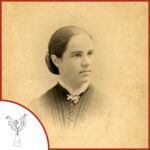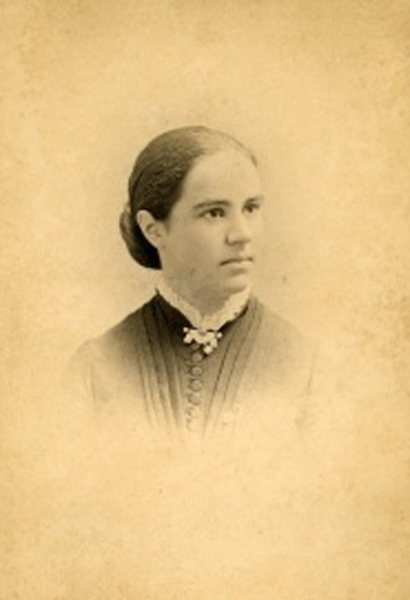

Birth: March 21, 1866
Death: January 8, 1952
Specialty: Astronomy
Major Contributions:
Modified Annie Cannon’s classification system
First woman to appear on title page of Harvard Annual Discovered Beta Aurigae
Today we introduce you to another astronomer that worked as a computer at the Harvard College Observatory, Antonia Maury. Growing up in a home that valued scientific endeavors, by the time she arrived at Vassar she was well suited to the academic environment. She concentrated on courses in physics, astronomy, and philosophy and was a speaker at her 1887 commencement.
When hired at Harvard, she was tasked with determining the orbits of a spectroscopic binary system. These star systems are unique. To the naked eye, the two stars cannot be distinguished. It is only through stellar spectroscopy that the information needed for the calculations can be obtained. During her study of the Zeta Ursae Majoris system she also discovered a second binary system, Beta Aurigae and was able to calculate the orbits and periods of both systems.
Due to the climate of the lab at this time, she was given little credit in the publications of these findings which led to conflict with the lab director. Another conflict in the lab arose when a colleague, Annie Cannon, developed a classification system for stars based on the absence and presence of spectral lines photographed. Maury wanted to modify the system to include notation of the strength of the lines present denoting when lines are normal, hazy, sharp or a combination. Her colleagues found the system cumbersome and with this final blow Maury left Harvard in 1891. But she would return many times over her career to conduct research before officially rejoining the staff in 1918.
Other astronomers saw the great potential in her system and began incorporating it into their work. In 1922 the International Astronomical Union modified the Cannon system to include the prefix –c to certain spectral line types that Maury had classified as sharp.
She continued her research on and off at the Harvard Observatory for many years including creating her own catalog of over 600 stars that was published in volume 28 of the Harvard Annals in 1897. This was the first issue that included the name of a woman on the title page.
Written by Angela Goad
Sources:
Vassar Encyclopedia: Antonia Maury
She is an Astronomer: Antonia Maury
Project Continua: Antonia Maury
See Also:
The Harvard Computers: From Pickering’s Harem to Astronomy’s Stars
Antonia Maury: A Spectral Star
Wikipedia: Harvard College Observatory
